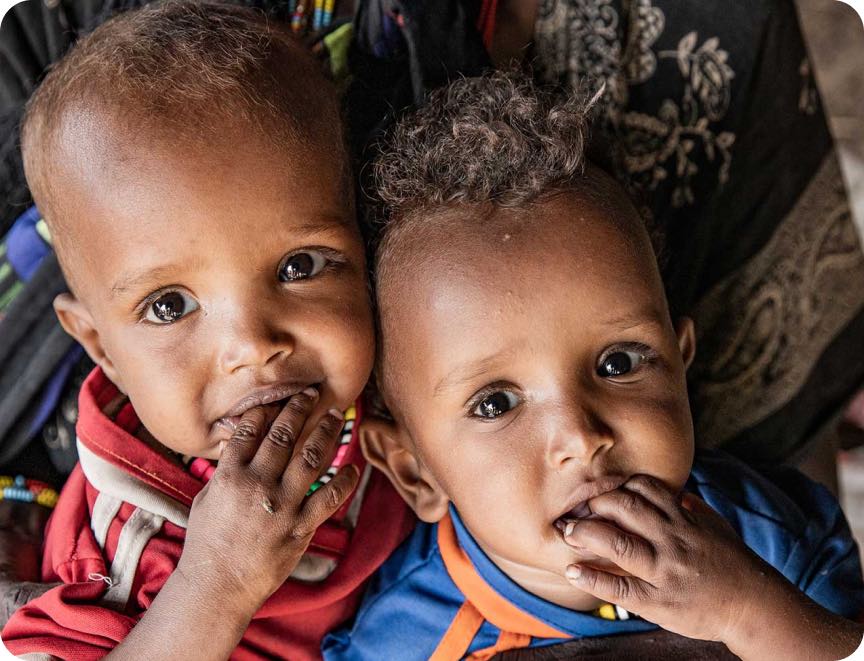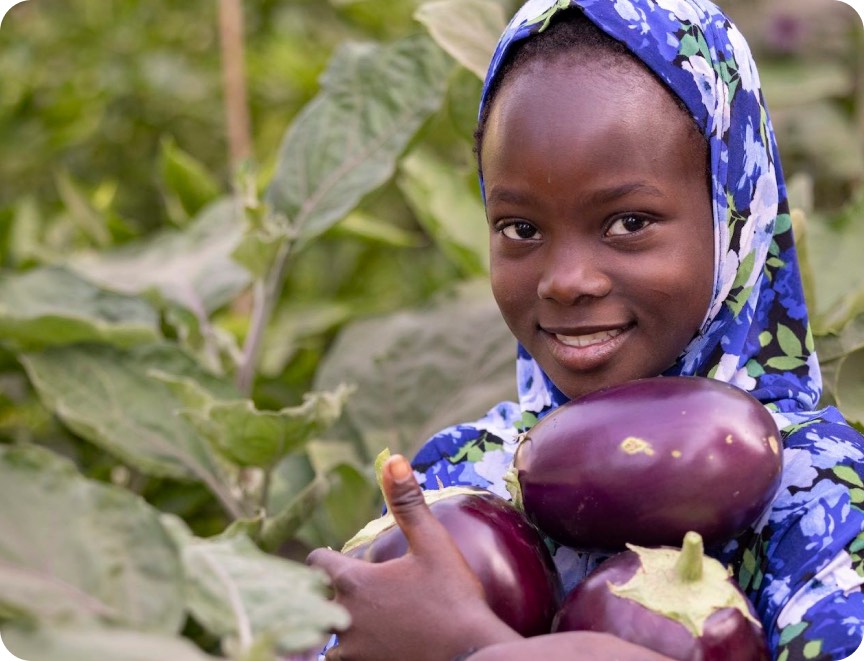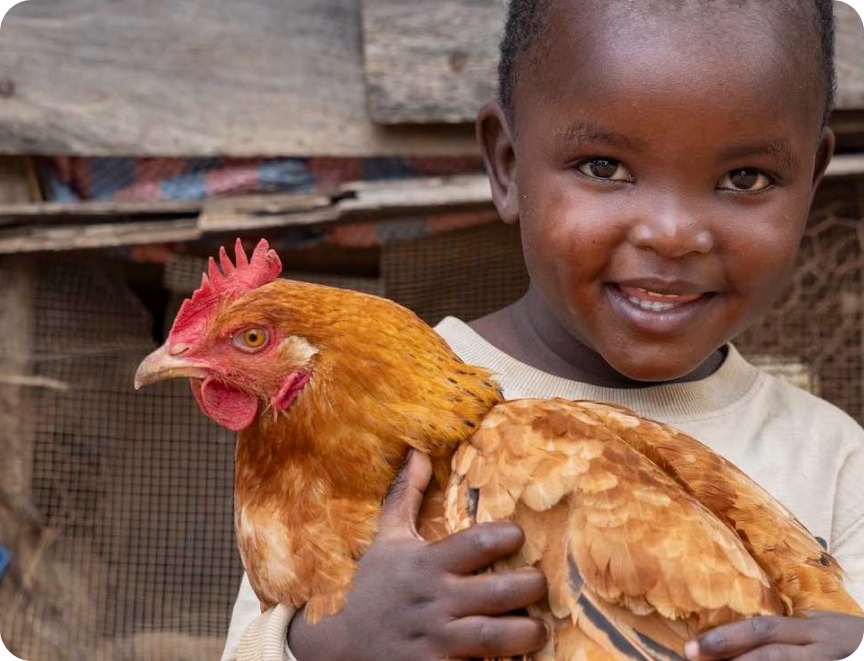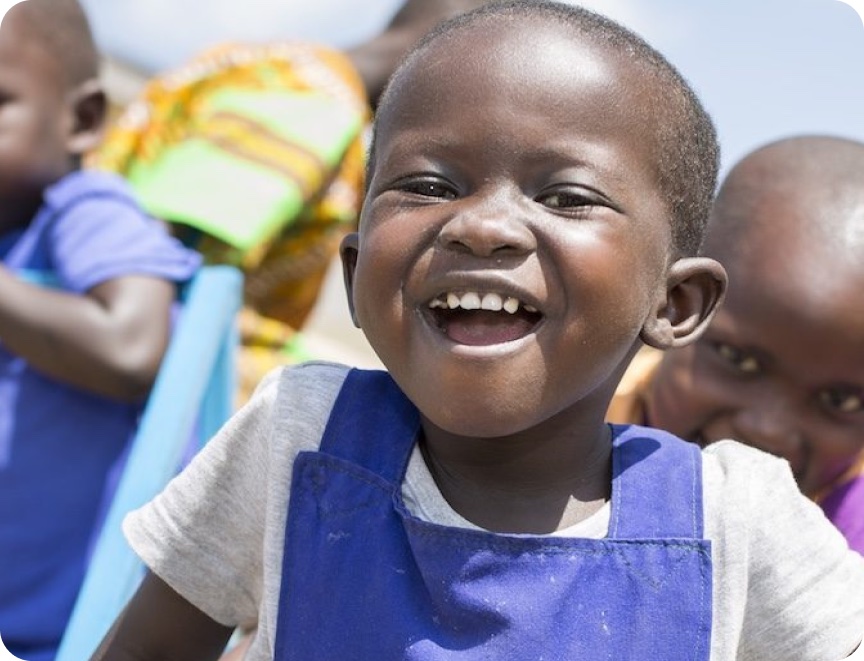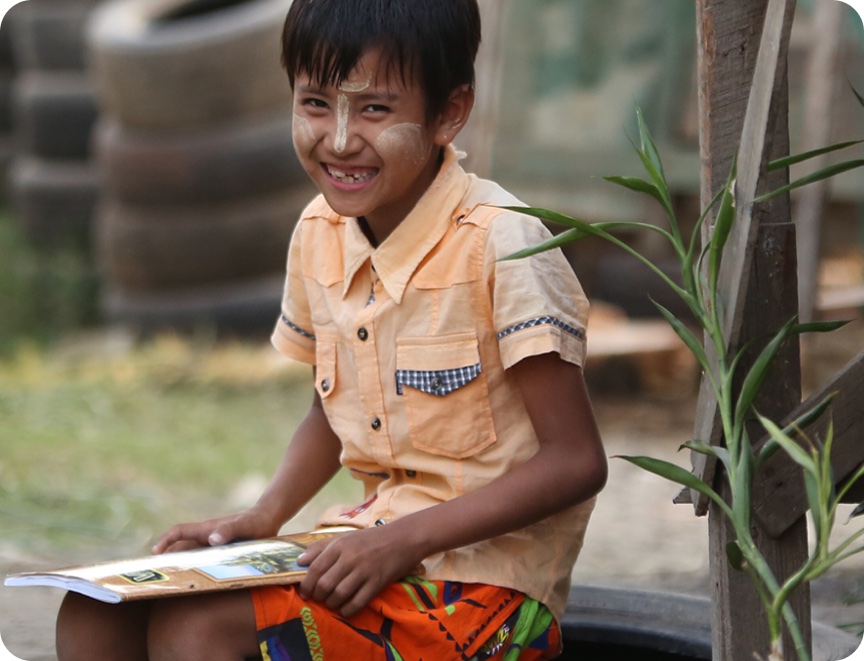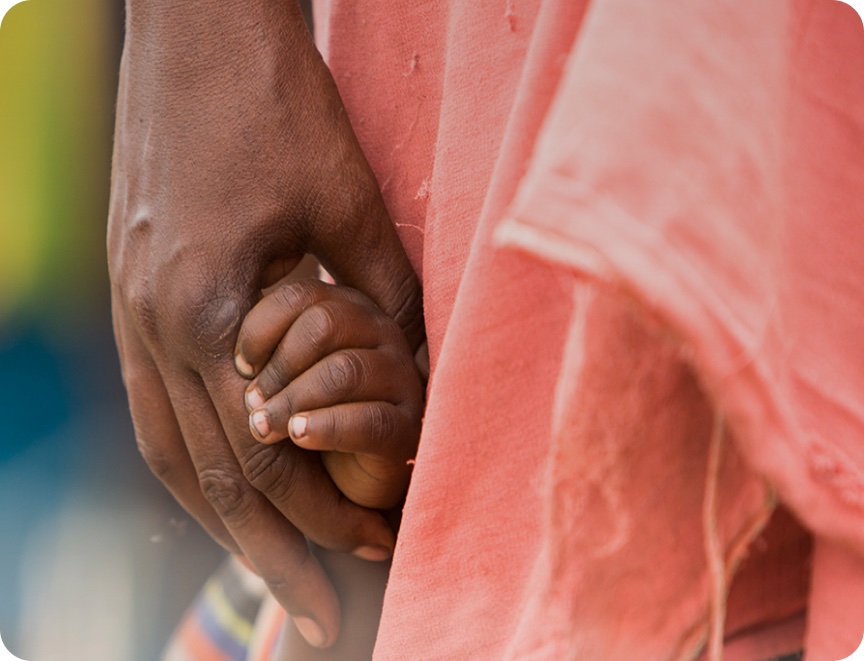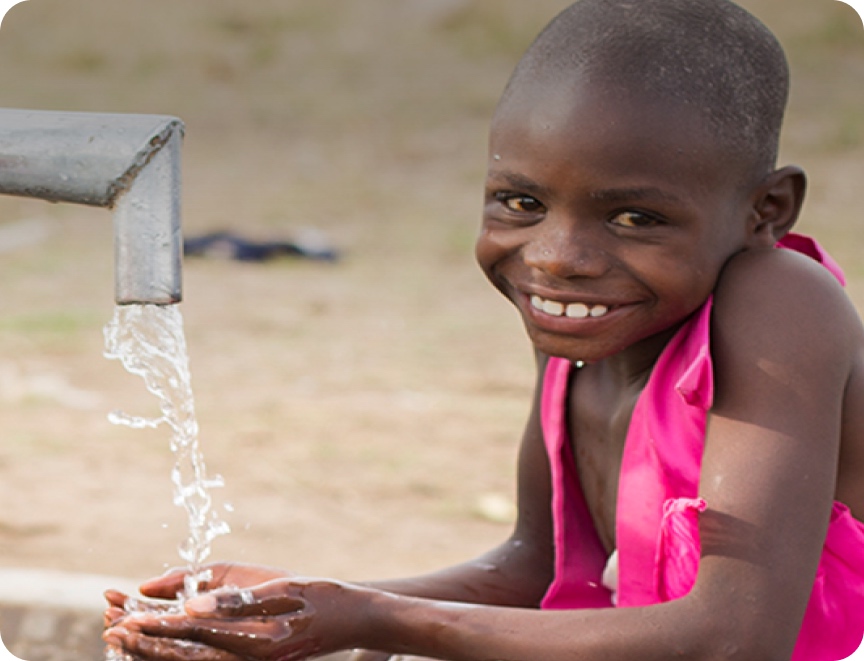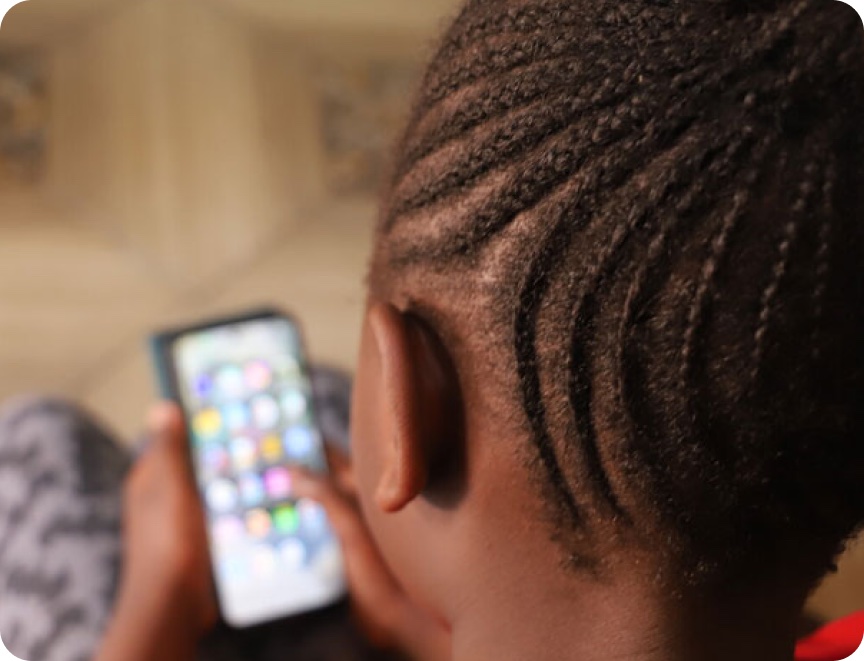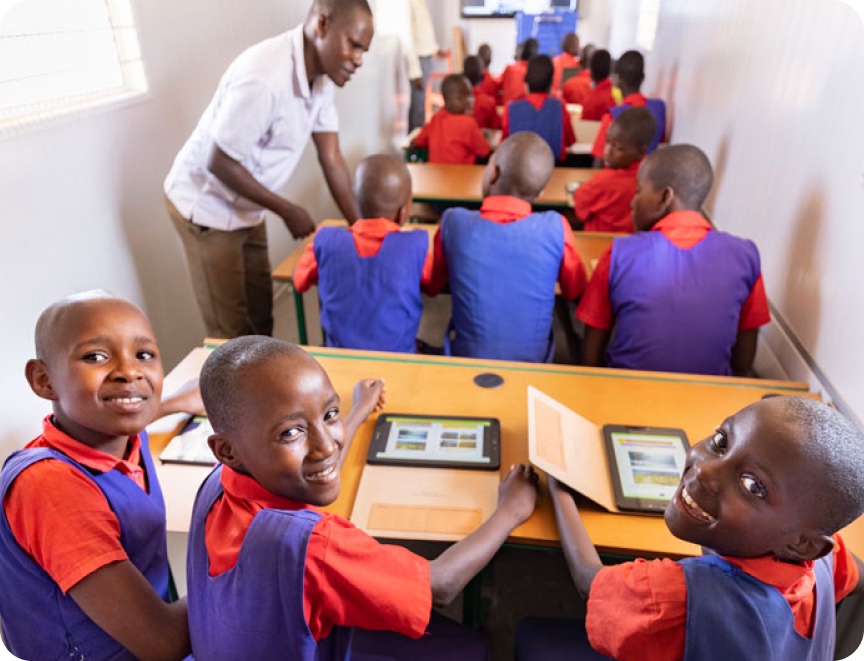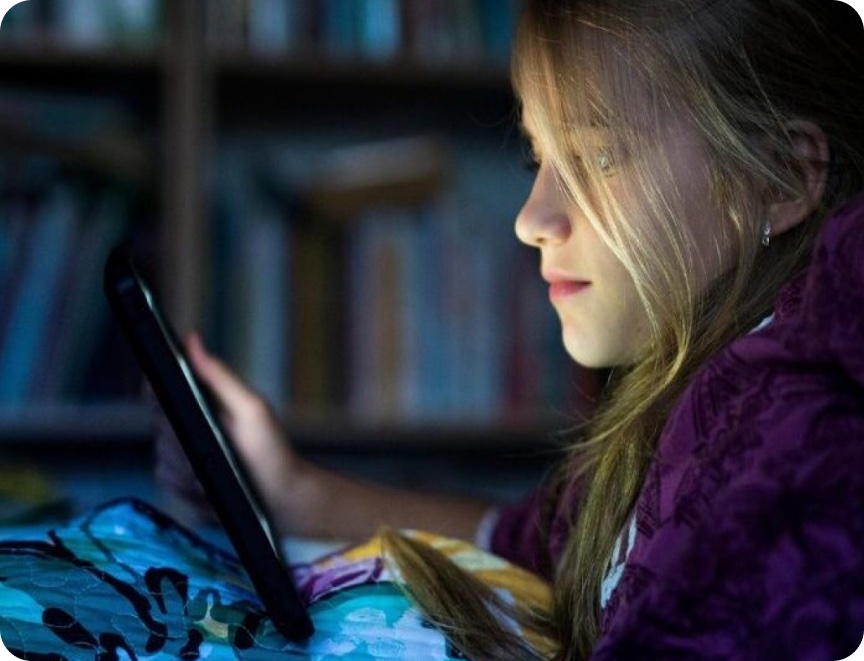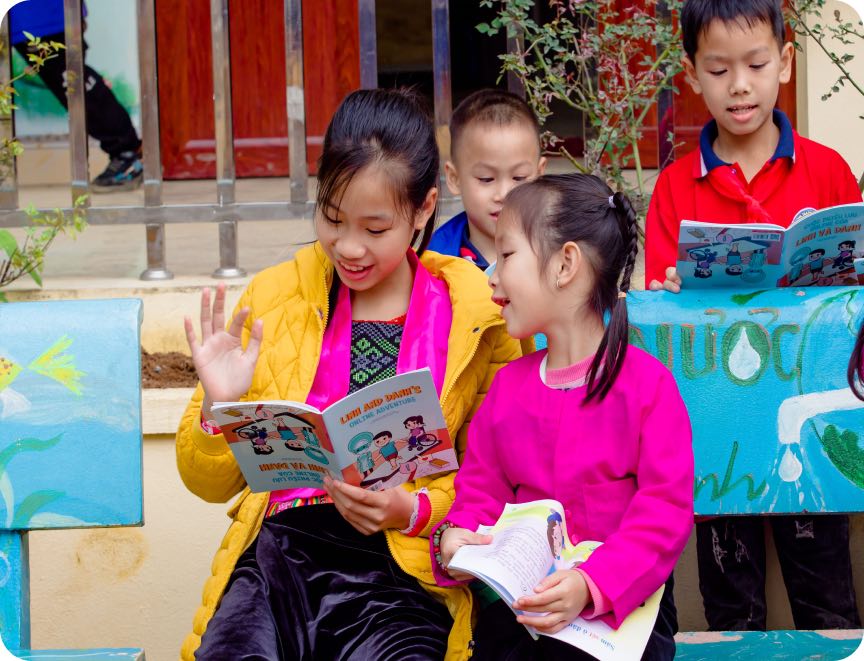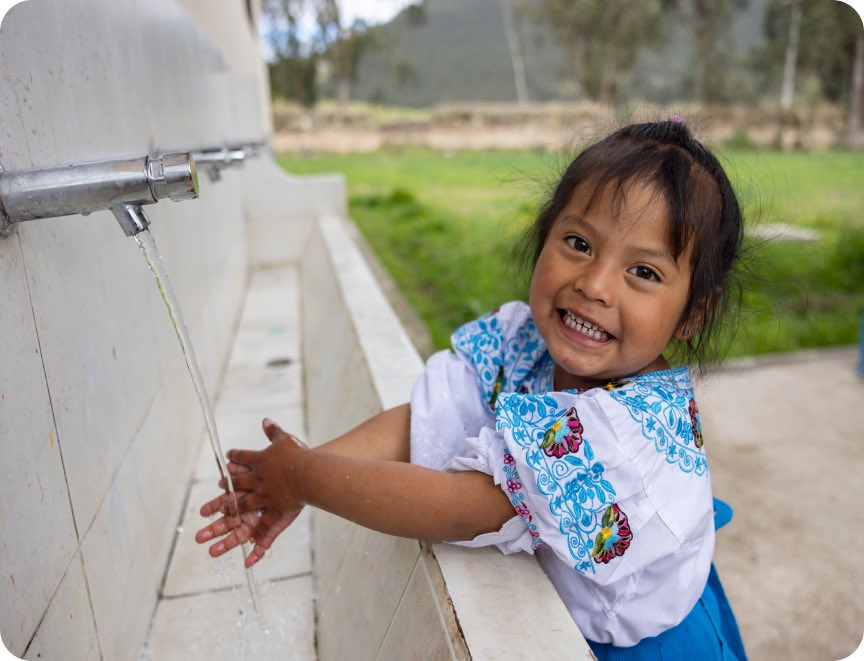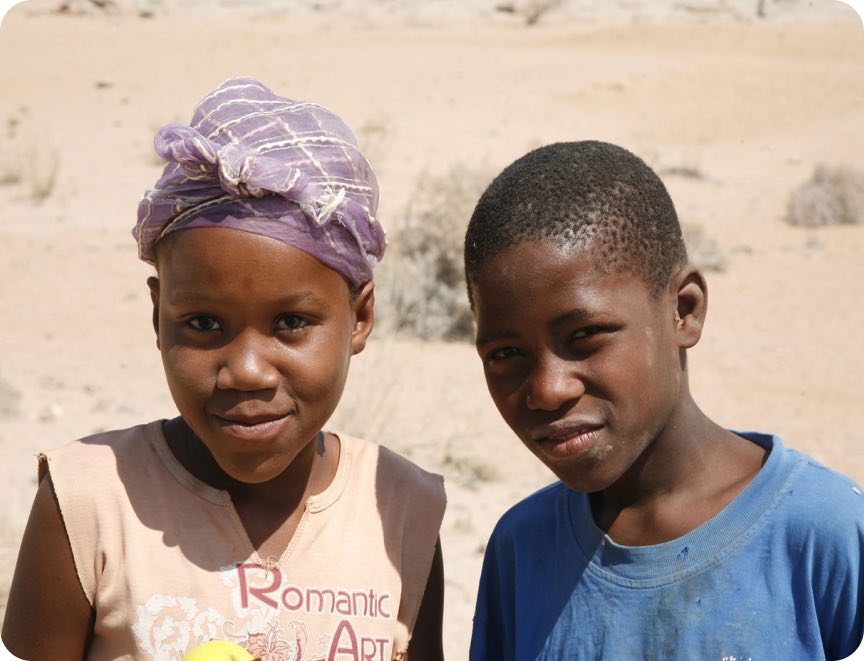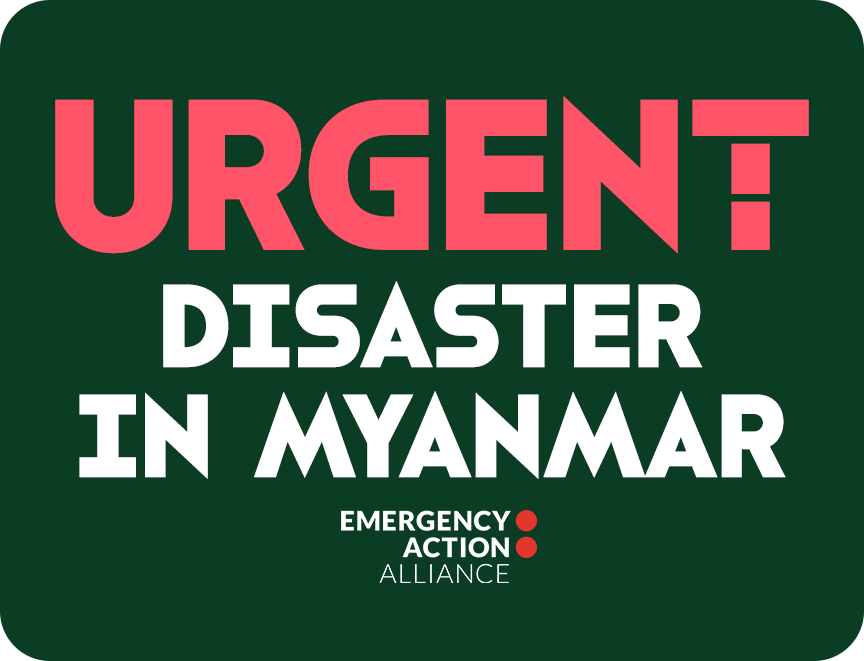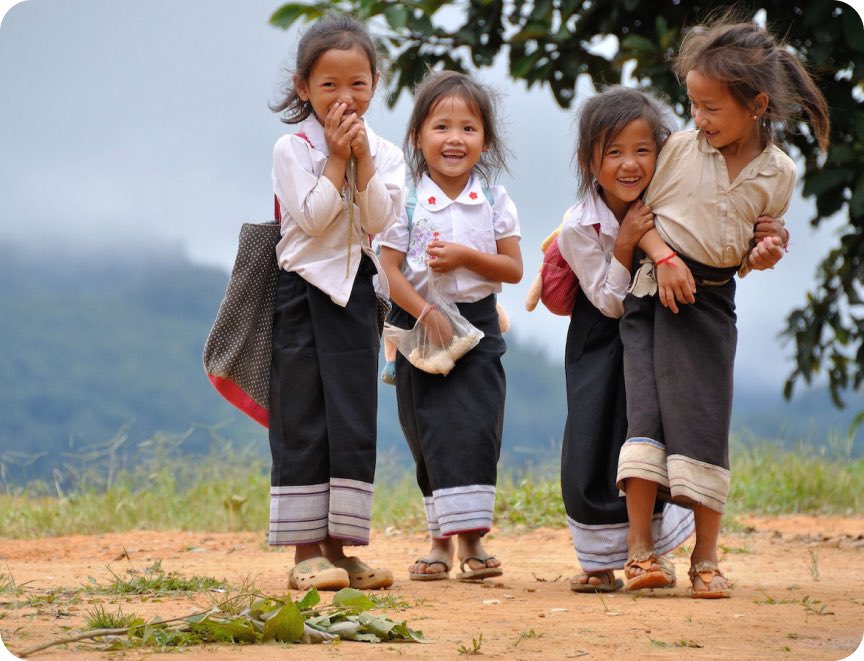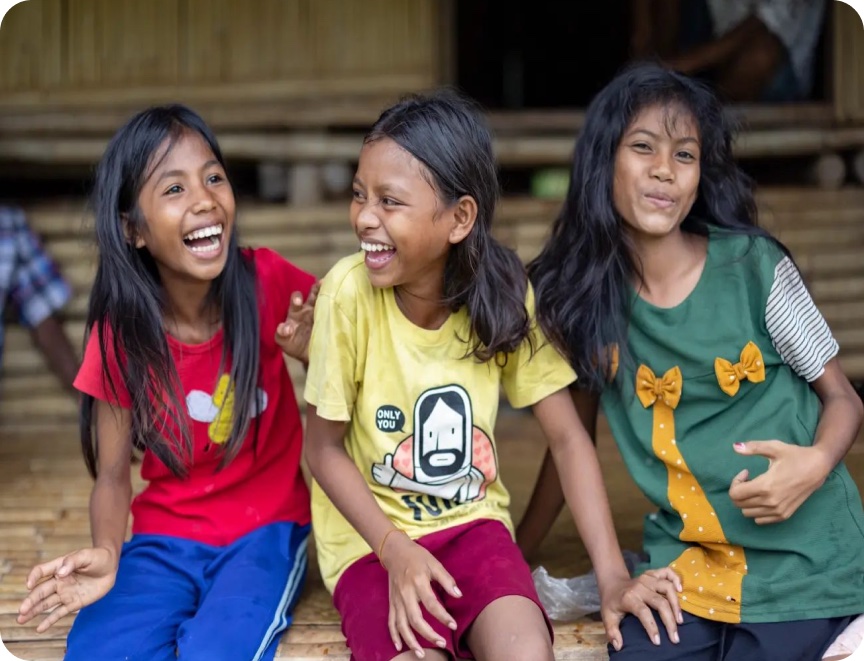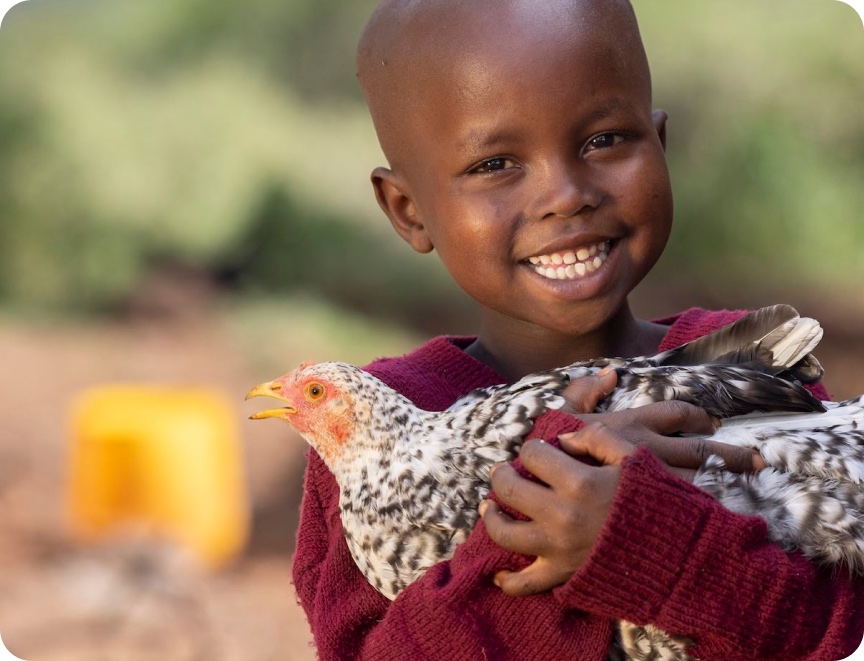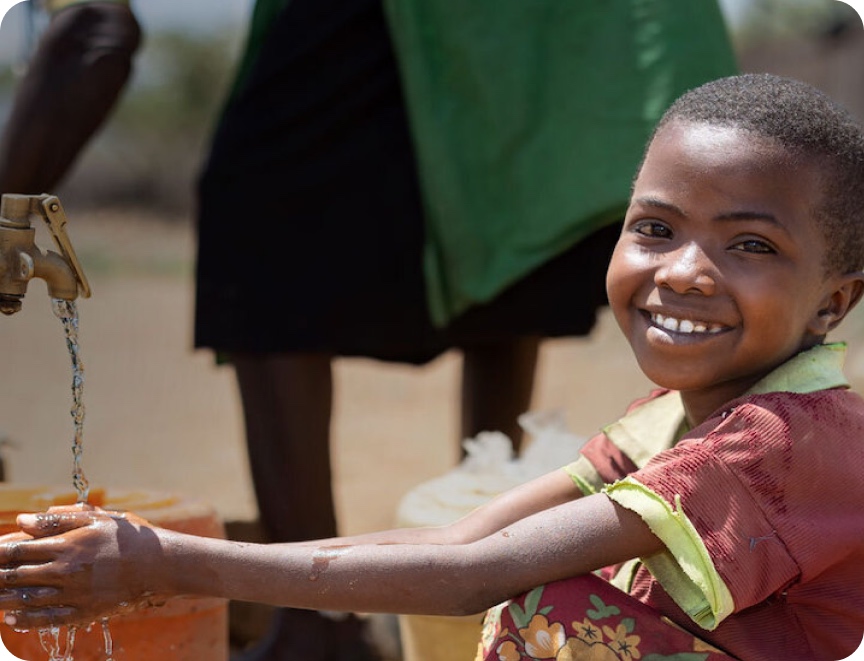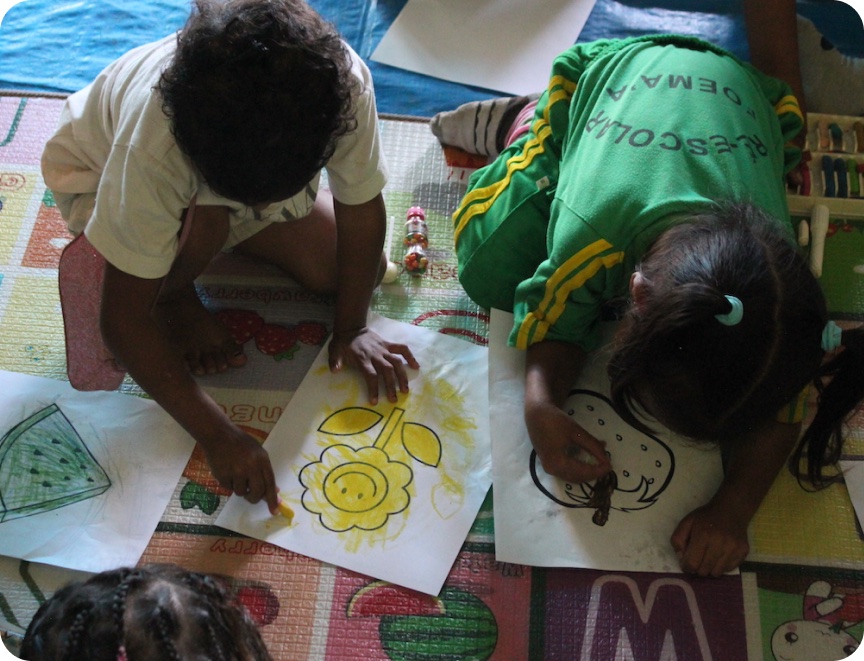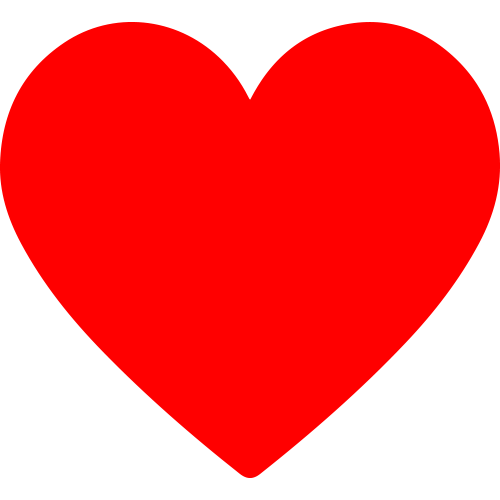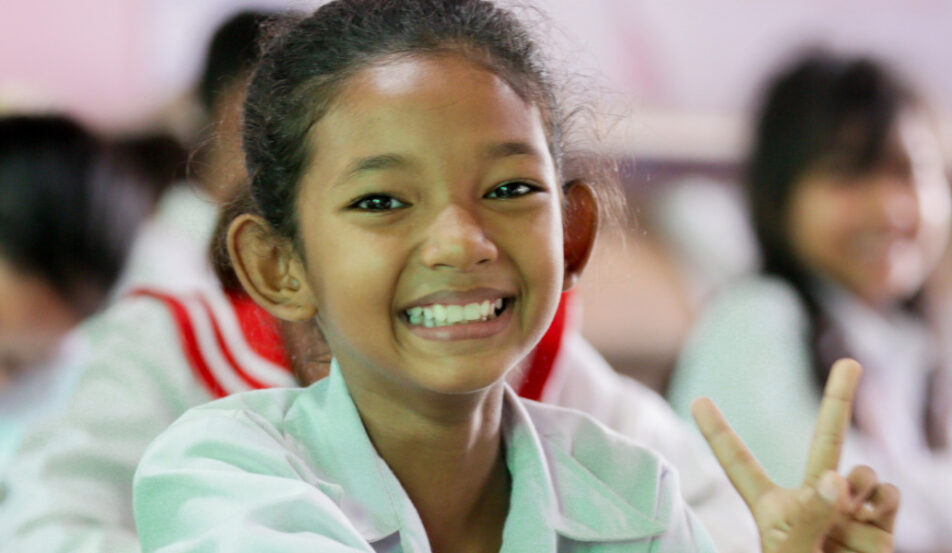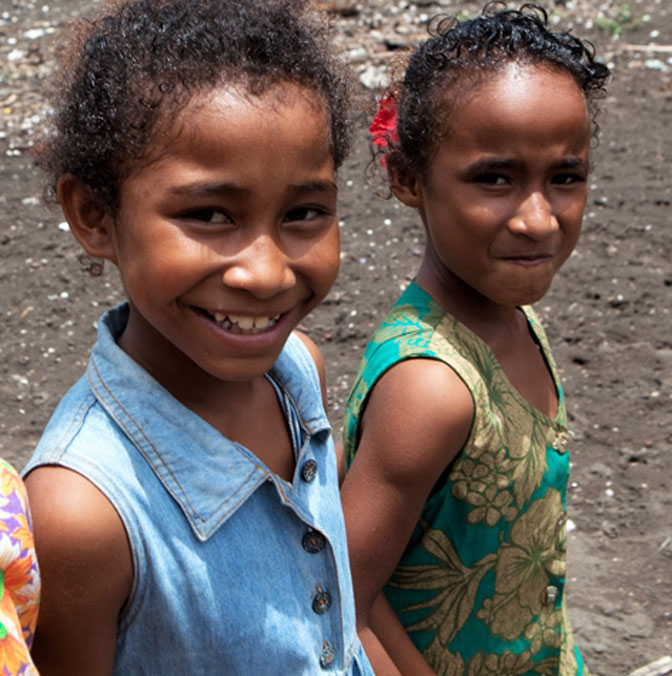Gender equality post pandemic
Gender equality in the post-pandemic landscape: finding strategies to support women and girls beyond this crisis
You can help change the lives of women and girls and all of those experiencing disadvantage across the world. Sponsor children across some of the most in-need countries around the globe, or transform the futures of families and communities with our Gifts for Good.
The COVID-19 pandemic has pushed society to breaking point. Communities, healthcare facilities, economies, governments, private businesses — almost no aspect of modern life has been left untouched by the pandemic. But when societies are stretched in this way, it is those who are already disadvantaged and marginalised that bear the brunt. As such, one of COVID-19’s most disturbing legacies is a fractured world — one fraught with inequality and imbalance, particularly when it comes to gender equality.
Women and girls profoundly affected by COVID-19
Women and girls are among the hardest hit by the pandemic, and this could leave a lasting mark on our society. Studies have found an additional 2 million instances of maternal and child mortality were recorded in 2020 and 2021, compared with numbers from before the pandemic struck. Meanwhile, a UN report from 2020 found that violence against women and girls increased by more than 25% across a number of countries as the pandemic took hold.
These problems were not spawned by the pandemic. Instead, it has highlighted, intensified, and exacerbated issues that have long existed.
Even more concerningly, previous advances in gender equality and in the rights of women and children are being erased. International non-profit UNICEF has highlighted the role of women in domestic and healthcare provision, where 70% of frontline personnel are women.
Too often these women are left exposed to violence, infection, and other forms of harm while being denied the remuneration and benefits offered to men. As COVID-19 put households under immense strain, UNICEF also found that adolescent girls are pressured to drop out of education or vocational training to take on caring responsibilities in the home, effectively reversing the advances that have been made in education for girls across the last 30 years.
Solutions to end gender inequality
What does gender equality look like in the midst of a global pandemic? Gender equality means women and girls receive the same protections against COVID-19 and its hardships as their male counterparts. It is ensuring that women and girls are not marginalised or sidelined, and they can access resources for recovery, development, and betterment. Perhaps most importantly, gender equality means giving women and girls a stake in society in the long-term — a stake that does not depend on ‘all being well’ or other factors.
To achieve this, the World Health Organisation’s Partnership for Maternal, Newborn and Child Health has identified seven commitments world governments must make to bring about a more equal world. They are:
- Sexual, reproductive, maternal, newborn, child and adolescent health services and supplies
- Sexual and reproductive rights and gender equality
- High-quality and dignified care available to all
- Safe, equal and fair training and employment
- Social protections for marginalised and vulnerable individuals and groups
- Safe sanitary services and drinking water provision
- Prevention of violence against women, children and adolescents
Governments undoubtedly will have a huge role to play in supporting the future of gender equality, both for today and for future generations, but there is more to it. It will take a concerted effort from across society — from consumers to business owners, from non-profit organisations to the general public — to bring about a positive change.
Here at ChildFund Australia, we are working to change the lives of women and girls, and all disadvantaged people, for the better, for good. To do this, we need your help. Sign up to donate monthly today, or give Gifts for Good — life-changing gifts that transform the outlook for families and individuals in at-risk communities. Together, we can achieve a better, more equal world.


